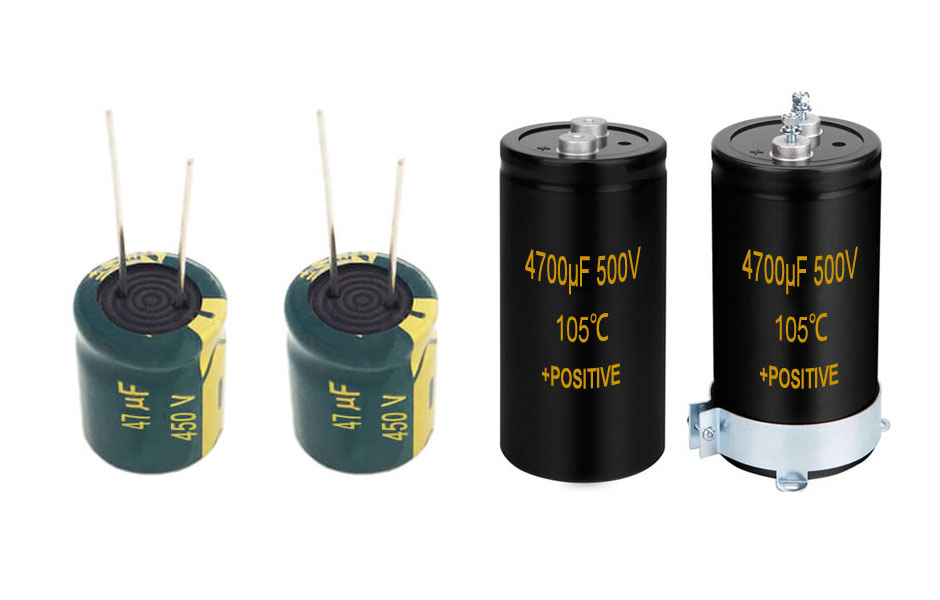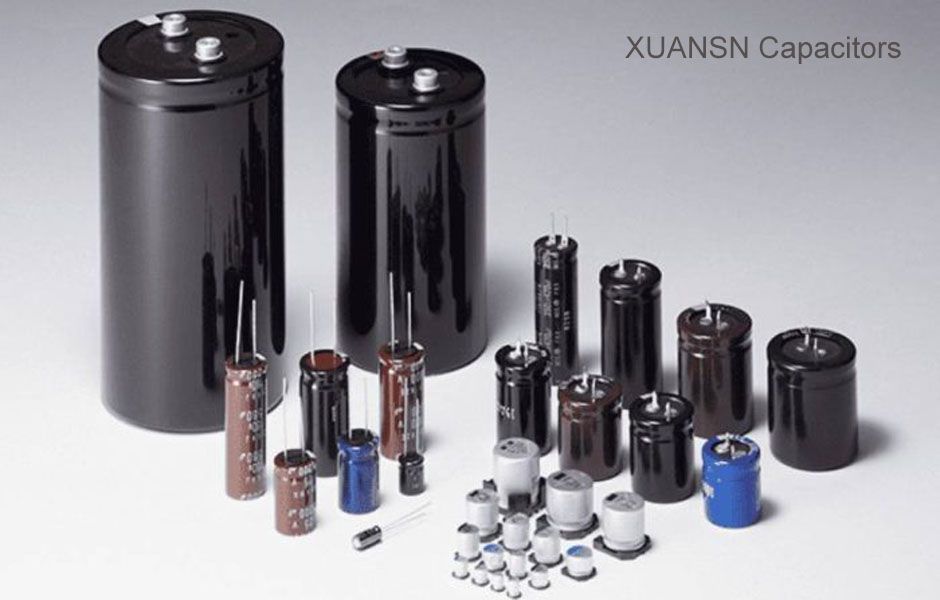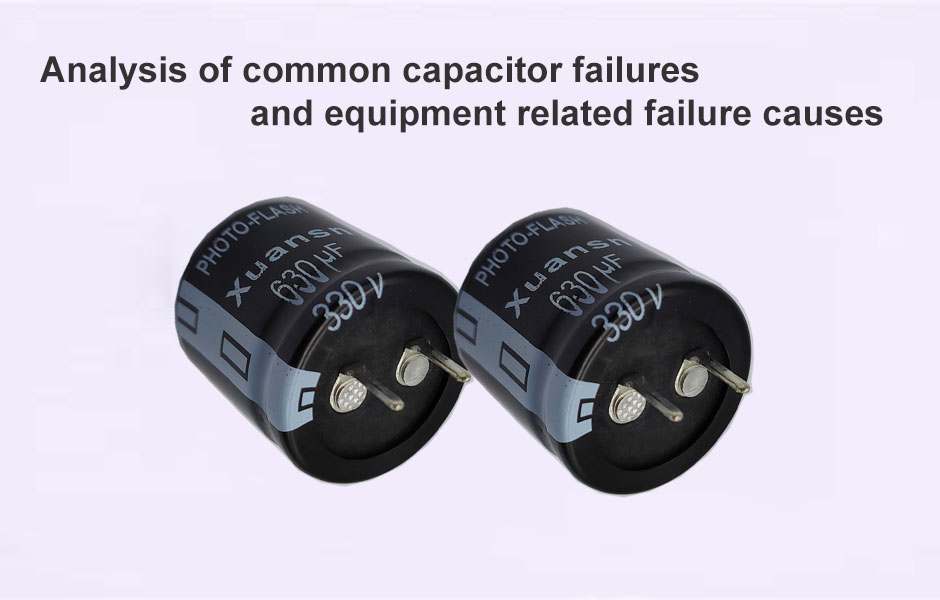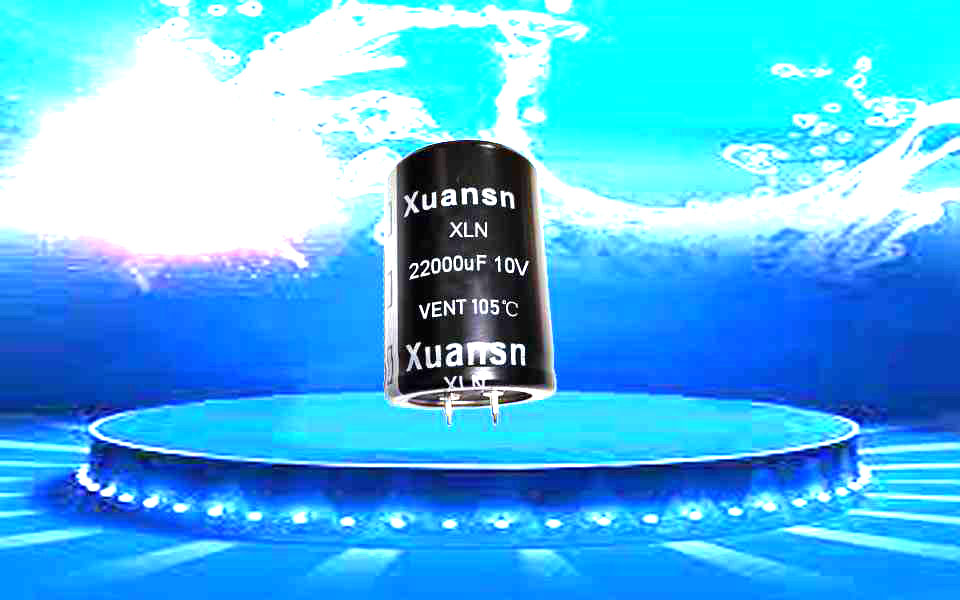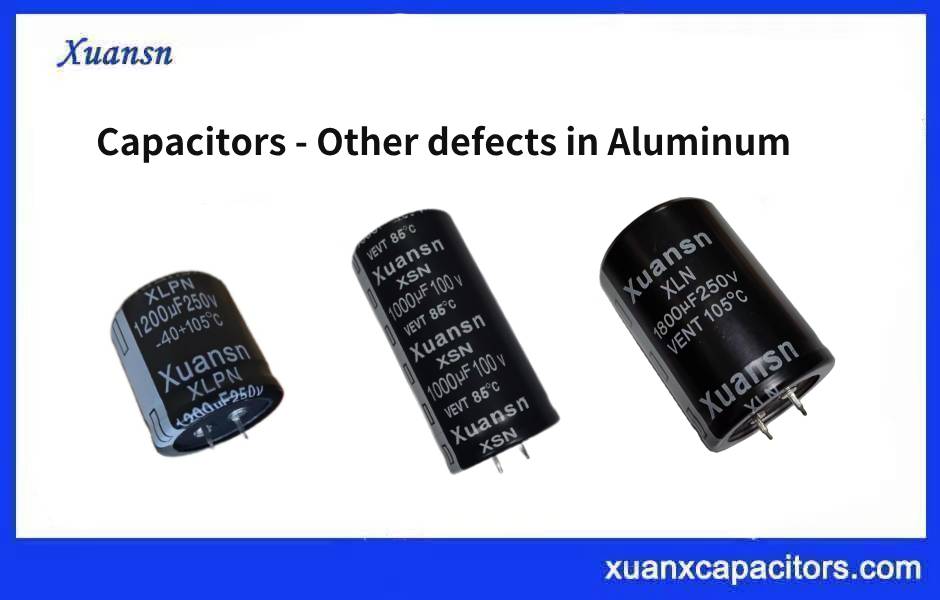Cost increases, new capacity slows down, electrolytic aluminum stocks continue to decline
On July 30, Shanghai Nonferrous Metals Network data showed that the total inventory of aluminum ingots in consumption was 1.78 million tons, down 15,000 tons from last Thursday. According to industry insiders, electrolytic aluminum inventories continue to fall, aggregate supply is limited, cost support is strengthened, and demand is improving. The valuation of electrolytic aluminum is expected to rise.
Stock down
On July 30, the domestic non-ferrous metal network statistics of domestic electrolytic aluminum consumption inventory data showed that Shanghai area was 415,000 tons, Wuxi area was 761,000 tons, Gongyi area was 162,000 tons, Nanhai area was 229,000 tons, and Tianjin area was 53,000 tons. Hangzhou area is 110,000 tons, Chongqing is 22,000 tons, Linyi is 28,000 tons, and consumption of aluminum ingots totals 1.78 million tons, a decrease of 15,000 tons compared with last Thursday.
The continued decline in electrolytic aluminum inventories is related to export growth. According to customs data, the export volume of alumina in June was 118,000 tons, a record high since 2002. The total export volume of alumina from May to June was 208,000 tons.
According to the information provided by Aladdin, the recovery of alumina giant Hydro is expected to be postponed; the supply of alumina in the overseas market is tightened due to equipment failure and phased decline in production. Aladdin analysts said that from the current alumina bidding and market transaction prices, the transaction price tends to 530 US dollars / ton, the static quotation comprehensive price is about 500 US dollars / ton, and still maintain the upward trend in the later period. At present, the Shandong and Guangxi regions have once again become the centralized signing sites for alumina export orders, with orders for new orders of at least 150,000 tons in 30 days. Yantai, Tianjin, and Fangchenggang are expected to remain hot in the near future due to the stimulation of profits.
Aladdin’s statistics show that domestic alumina production in June was 5.97 million tons, primary aluminum production was 3.05 million tons, converted alumina demand was 5.84 million tons, net export alumina was 68,000 tons; fine and non-aluminum industry alumina Demand is expected to be around 230,000 tons. The comprehensive measurement of alumina supply shortage is about 170,000 tons, and the supply shortage continues to expand. Considering that the actual alumina production in July was reduced due to factors such as ore supply and high prices, the primary aluminum output remained stable. It is expected that the alumina supply gap will reach 200,000 tons, and the whole society’s alumina inventory will continue to decline.
Price rise
Aladdin statistics show that the overall price of alumina in North China was 2980-3020 yuan/ton last Friday, and the average weekly price rose by 1.4%. The domestic spot weighted price was 2996.4 yuan/ton, and the average weekly price rose by 1.4%. Among them, the transaction price of the southwest region moved up to 2,900 yuan / ton, and the benchmark price of the northern region moved up to 3,000 yuan / ton.
In July, Chinalco raised the price of non-metallurgical alumina and ordinary aluminum hydroxide three times. The price of Shanxi alumina has increased by 9% since July to reach 2975 yuan/ton.
For the reason that the price of alumina continues to rise, Qi Ding, chief analyst of non-ferrous metals of Essence Securities, told the China Securities Journal that the overseas alumina shortage has not changed, the domestic and international spreads have widened, and alumina export orders have continued to be signed. At the same time, bauxite prices continued to rise, while alumina prices have fallen below some manufacturers’ cost lines.
It is understood that since July, Jinjiang’s Shanxi Xiaoyi Xing’an Chemical and Henan Sanmenxia Cayman production lines have been shut down, and many alumina producers such as Chinalco, Wanji, Xinfa and Tianyuan Chemical have experienced production reduction, overhaul or flexible production. These factors support the upward price of alumina.
The rising price of alumina has squeezed the profit margin of electrolytic aluminum companies. The production capacity of 540,000 tons of electrolytic aluminum from Chinalco Liancheng Branch began to be elastically produced on July 18. Qi Ding said that the current average ton profit of electrolytic aluminum has turned negative. The reduction of production of aluminum is not a case. Some new investment projects, such as Guizhou Huaren, Chinalco China Resources, and Chuangyuan Metal, have also been delayed due to power and cost problems.
The rising cost has led to a poor performance of many electrolytic aluminum listed companies in the first half of the year. Jiaozuo Wanfang (5.08 -1.36%, diagnostic stocks) suffered the first loss in the first half of the year. The company expects a loss of 120 million yuan to 160 million yuan in the first half of the year. According to the company, due to the impact of the heating season, the production and sales of aluminum products decreased year-on-year, and operating income decreased year-on-year. In addition, the prices of raw materials such as coal, alumina, and prebaked anodes have risen sharply, and operating costs have increased significantly year-on-year.
During the reporting period, due to factors such as the sharp increase in the price of bulk raw and auxiliary materials, Yun Aluminum (5.46 +0.37%, diagnostic stocks) is expected to fall to the parent company’s net profit in the first half of the year by about 66%. In the first quarter of this year, aluminum prices were at a relatively low level, while the prices of bulk raw and auxiliary materials such as alumina, petroleum coke and anode carbon blocks increased significantly, causing losses.
